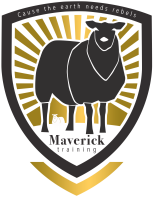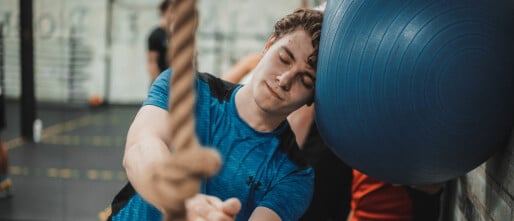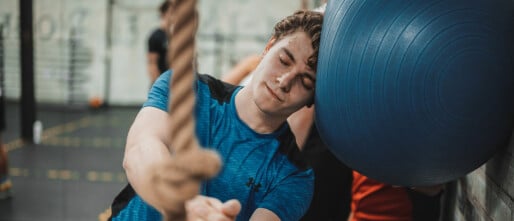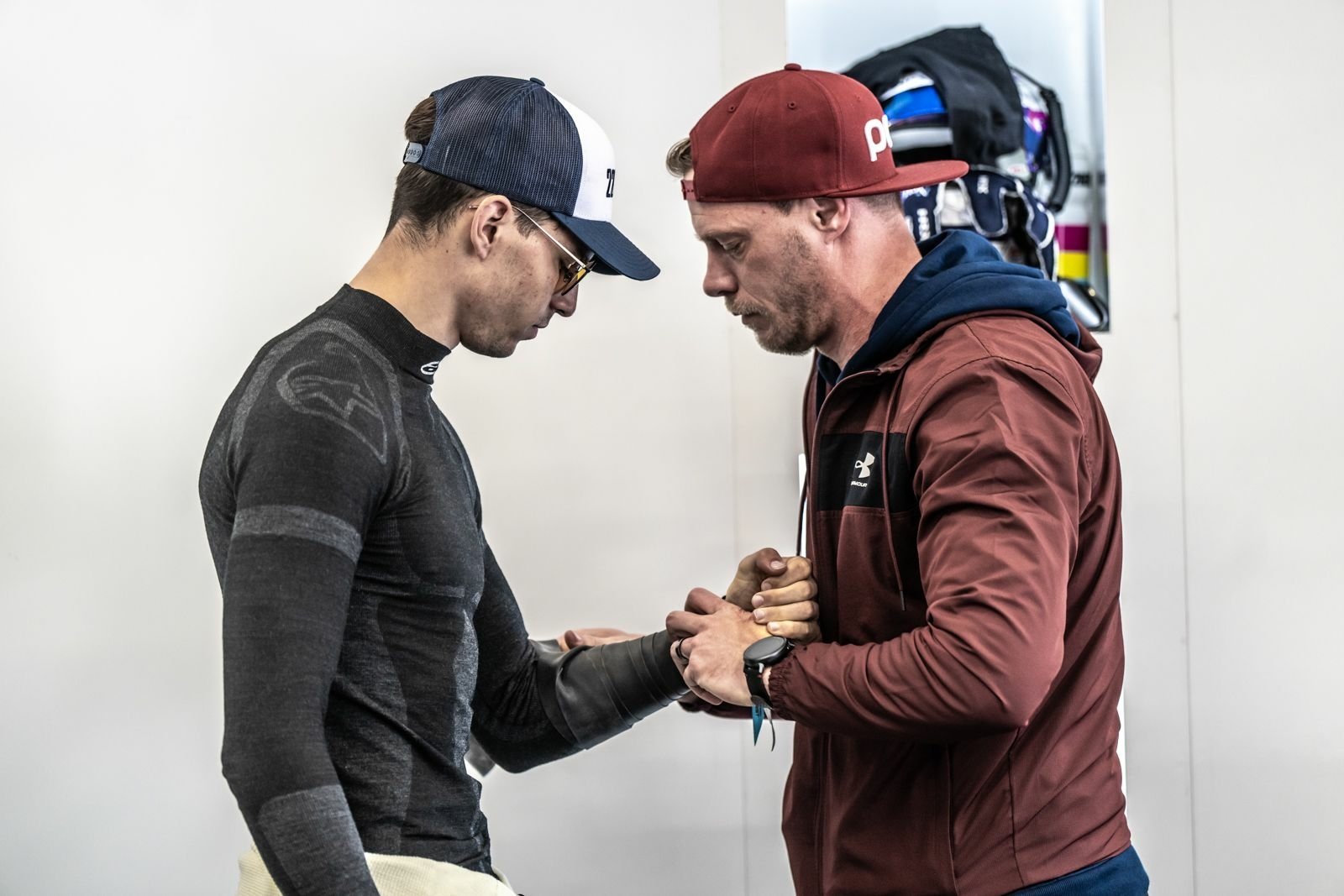Welcome to the high-speed world of professional racing, where every detail of your training can be the difference between victory and the pack. In the realm of motorsport, where physical and mental demands push every athlete to their limits, there's an often overlooked aspect of preparation that can give you the edge you need: neck training. While the roar of the engines and the adrenaline of speed capture the glory, the strength of a racer's neck quietly determines their ability to withstand the intense forces of racing and maintain focus when it matters most. In this guide, we dive deep into the pivotal role neck training plays in elevating a race car driver's performance, showcasing why it's not just an add-on to your routine, but a cornerstone of motorsport athleticism.
Why Neck Strength is Crucial for Race Car Drivers
In the cockpit of a race car, drivers face forces up to 5 Gs during turns, braking, and acceleration — a relentless challenge to the body, particularly the neck. The helmet, while essential for safety, adds weight and increases the strain. A robust neck is, therefore, not just for endurance; it's a key player in a driver's ability to steer precisely, look ahead through intense maneuvers, and ultimately, keep the vehicle on the optimal path.
Understanding G-Forces
Imagine the gravitational pull when you take a sharp turn at high speed, magnified several times. This is the reality for motorsport athletes, where the neck must support not just the head but also a helmet that can weigh as much as 15 pounds when subjected to these forces. The sustained pressure can lead to fatigue, decreased concentration, and in some cases, compromised safety.
The Link Between Neck Strength and Performance
Strong neck muscles do more than withstand G-forces; they enable a driver to maintain optimal helmet position, ensuring clear visibility and focus. This muscle endurance translates into better lap times and more consistent performance throughout a race. Additionally, a well-conditioned neck can help prevent injuries that might otherwise sideline a driver, keeping them in the driver’s seat where they belong.
Tailoring Training to Track Demands
Each track has its unique challenges, requiring drivers to adapt their physical preparation accordingly. Circuits with high-speed corners demand exceptional lateral neck strength, while tracks with heavy braking zones emphasize the need for forward and backward neck stability. Recognizing and training for these specific demands ensures that drivers are as prepared for the physical toll of racing as they are for its strategic aspects.
Anatomy of a Racer's Neck: Understanding What Powers Your Performance
In the high-stakes world of motorsport, knowledge is as crucial as speed. A nuanced understanding of the neck's anatomy can significantly enhance a driver's training effectiveness. The neck comprises several muscle groups, each playing a pivotal role in managing the rigorous demands of racing.
The Main Players
- Sternocleidomastoid (SCM): Visible along the sides of the neck, these muscles are critical for rotational movements and help stabilize the head against lateral forces.
- Trapezius: This large muscle extends from the base of the neck to the middle of the back, supporting the shoulders and upper arms. It's essential for maintaining overall posture and resistance against the forward and backward forces experienced during acceleration and braking.
- Deep Cervical Flexors: These muscles lie deeper within the neck and are vital for front-to-back stability, protecting the spine during rapid movements.
- Levator Scapulae: Connecting the neck to the shoulder blades, these muscles aid in elevation of the shoulders and play a role in side-to-side neck movements.
Synergy for Stability
The interplay between these muscles ensures a driver can sustain head stability, a critical factor when navigating the twists and turns of a racetrack. The stronger these muscles, the better a driver can counteract the relentless pull of G-forces, maintaining focus and precision even in the heat of competition.
Building a Balanced Neck
For motorsport athletes, a balanced approach to neck training is essential. Strengthening both the visible muscles like the SCM and the trapezius, as well as the deeper stabilizers, ensures a comprehensive shield against the physical demands of racing. This balance not only boosts performance but significantly reduces the risk of neck strain and injury.
With the anatomy of the racer's neck outlined, highlighting the critical muscles involved and their roles in performance, we're poised to introduce specific training exercises. These will be designed to strengthen these key areas, offering drivers a tailored approach to enhancing their neck strength.
The Ultimate Neck Training Routine for Motorsport Athletes
A well-rounded neck training program addresses strength, endurance, and mobility, preparing drivers to withstand the physical demands of racing. Here’s a routine designed to build a neck capable of tackling high G-forces, sharp turns, and long races.
Warm-Up: Neck Mobility Exercises
- Neck Circles: Gently rotate your head in a full circle, clockwise, then counter-clockwise. Perform 10 rotations in each direction to increase blood flow and flexibility.
- Side Neck Stretch: Tilt your head towards one shoulder until a stretch is felt on the opposite side. Hold for 15-20 seconds, then switch sides. This exercise loosens the muscles and prepares them for strength training.
Strength & Endurance Training
- Isometric Holds: Press your head against a resistance band or your hand without moving your neck. Apply pressure from the front, back, and sides to target all key muscle groups. Hold each position for 10-20 seconds, repeating for 3 sets.
- Neck Cable/Band Rotations: Secure a resistance band around a stable object at head height, place the band around your forehead, and rotate your head side to side, resisting the band's pull.s. Perform 3 sets of 10-12 reps on each side.
- Neck Harness Exercises: Using a neck harness attached to a weight, perform neck flexions, extensions, and lateral bends. Start with light weights to ensure proper form and avoid injury. 3 sets of 8-10 reps for each movement will strengthen the neck muscles significantly.
Cool Down: Stretching for Recovery
- Forward Neck Stretch: Tuck your chin and gently pull your head down with your hands, feeling a stretch along the back of your neck. Hold for 20 seconds to aid in recovery and flexibility.
- Shoulder Shrugs: Lift your shoulders up towards your ears, then roll them back and down. Perform 10 shrugs to relax the trapezius muscles after your workout.
Consistency is Key
Incorporate this routine into your training schedule 2-3 times a week, allowing adequate rest between sessions. Consistency will lead to noticeable improvements in neck strength and endurance, enhancing your ability to handle the physical demands of motorsport racing.
This comprehensive routine offers a balanced approach to neck training, ensuring that drivers are equipped to face the challenges of the track with confidence. By focusing on strength, endurance, and mobility, racers can improve their performance and safety in the demanding environment of professional motorsport.
Integrating Neck Training into Your Overall Strength Routine
For motorsport athletes, a comprehensive strength and conditioning program is paramount to achieving peak performance and longevity in the sport. Neck training, while crucial, is just one piece of the puzzle. Integrating it effectively into your overall routine ensures balanced development and prevents overtraining.
Start with a Solid Foundation
- Core Strength: A strong core is the foundation of any athlete's strength. It stabilizes your entire body, allowing for more effective transfer of power to the extremities, including the neck. Incorporate exercises like planks, Russian twists, and dead bugs into your routine.
- Upper Body Strength: The forces exerted on a driver's body during a race demand robust upper body strength for control and endurance. Exercises such as push-ups, pull-ups, and shoulder presses build the necessary muscle groups that support neck strength and function.
Schedule for Balance
Dedicated Neck Days: While the neck should be trained consistently, dedicating specific days to focused neck work allows for targeted exercises without overwhelming the muscles. Integrate these days into your schedule in a way that allows for recovery and doesn't conflict with intense upper body sessions.
Active Recovery: Incorporate light neck mobility and stretching exercises on rest or active recovery days. This practice promotes flexibility and aids in the recovery process, ensuring muscles are prepared for the next intense workout.
Listen to Your Body
Adjust as Needed: Pay close attention to how your body responds to your training regimen. If you experience excessive fatigue or soreness, it may be necessary to adjust the intensity, frequency, or specific exercises in your program.
Professional Guidance: Consider working with a strength and conditioning coach who understands the unique demands of motorsport. They can tailor your program to your specific needs, ensuring that neck training complements rather than competes with your other training priorities.
Preventing Injuries: Neck Care and Maintenance
In the high-stakes environment of professional racing, where the physical demands are immense, and the margin for error is slim, injury prevention is as crucial as performance enhancement. The neck, in particular, is susceptible to a range of injuries due to the extreme forces experienced on the track. Here are key strategies for minimizing the risk and ensuring your neck remains strong and healthy:
Understand the Risks
Common Neck Injuries: Understanding what injuries are most common among motorsport athletes (such as whiplash, muscle strains, and nerve compression) can help in taking proactive steps to prevent them. Knowledge of these conditions also aids in early detection and treatment, should they occur.
Strengthening as Prevention
Targeted Exercises: As outlined in the ultimate neck training routine, specific exercises designed to build strength, endurance, and flexibility in the neck muscles can significantly reduce the risk of injury. Strong, resilient muscles are better equipped to handle the stresses of racing.
Ergonomics in the Cockpit
Proper Support: Ensuring that your racing seat and headrest provide adequate support and are properly aligned can mitigate neck strain. Customizing your cockpit to suit your body’s dimensions can make a substantial difference in reducing injury risk.
Helmet Weight: Opting for helmets that are both safe and lightweight can lessen the load your neck has to bear, especially during long races or when experiencing high G-forces.
Recovery and Rest
Adequate Rest: Incorporating enough rest into your training schedule allows muscles to recover and strengthens them against future stresses. Overtraining can lead to fatigue, making injuries more likely.
Regular Massage and Physical Therapy: Engaging in regular massage therapy or seeing a physical therapist can help maintain muscle health, address any signs of strain early, and keep the neck flexible and less prone to injury.
Continuous Learning and Adaptation
Stay Informed: Advances in sports science and medicine continually offer new insights into injury prevention and athletic care. Staying informed about the latest practices and incorporating relevant advice into your routine can offer additional protection against injuries.
This section emphasizes the importance of injury prevention and neck care, providing practical advice for maintaining neck health and preventing common injuries associated with the rigors of motorsport racing. By adopting these strategies, drivers can ensure they stay healthy and competitive, focusing on their performance without the setback of injuries.
Conclusion: Elevating Your Racing Performance Through Neck Training
Throughout this guide, we've explored the critical role that neck strength, endurance, and flexibility play in the world of professional motorsport. From understanding the unique demands placed on a racer's neck to implementing a targeted training routine, and integrating these exercises into a broader strength and conditioning program, we've covered the essentials to building a neck that's not only resistant to the rigors of racing but also capable of enhancing overall performance on the track.
Remember, the journey to a stronger neck and a better racing performance is a marathon, not a sprint. It requires dedication, consistency, and a holistic approach that considers not just the physical aspects of training but also the importance of injury prevention and recovery. By taking care of your neck, you're investing in your most valuable asset as a driver—your ability to maintain control, focus, and endurance in the face of intense physical demands.
As you move forward, let the principles and practices outlined in this guide serve as your roadmap to a stronger, healthier neck and a more successful racing career. Embrace the challenge, stay committed to your training, and watch as your performance reaches new heights, lap after lap.
With that, we've wrapped up our in-depth look at neck training for motorsport athletes. This guide has been crafted to educate, inspire, and empower you with the knowledge and tools necessary to take your racing performance to the next level through focused neck training.
I hope you find this guide valuable in your pursuit of excellence in motorsport. If you have any further questions or need assistance with any other aspect of your training or content creation, feel free to reach out.






